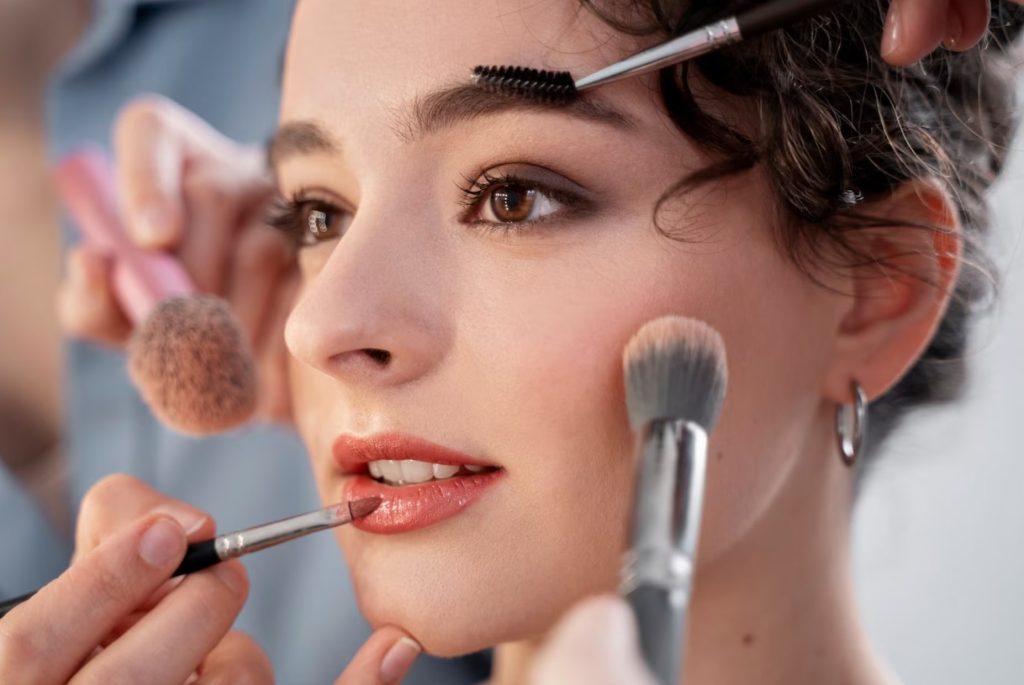Index Surge: Amplifying Your Insights
Stay updated with the latest trends and news across various industries.
Blush and Bashful: When Cheeks Get Too Flirty
Discover the secrets behind flirty blush and bashful cheeks! Uncover tips to embrace your rosy glow and make every moment unforgettable.
The Science Behind Blushing: Why Do We Turn Pink?
The phenomenon of blushing is not just a social embarrassment; it’s a fascinating biological response linked to our emotions and the nervous system. When an individual experiences emotions such as embarrassment, anger, or excitement, the body releases adrenaline. This hormone triggers the sympathetic nervous system, causing blood vessels in the face to dilate. As a result, increased blood flow makes the cheeks turn a rosy hue, a process that can occur in mere seconds.
Interestingly, blushing can serve as a non-verbal communication tool, signaling vulnerability and honesty to others. For many, it is an involuntary reaction that can lead to feelings of self-consciousness. Cultural perceptions surrounding blushing vary; in some societies, it may be seen as a sign of modesty or innocence, while in others, it might be associated with guilt. Whatever the interpretation, the science behind this intriguing response highlights how intertwined our emotions and physiological processes truly are.

Flirty or Embarrassed? Decoding the Psychology of Cheeks
When it comes to interpreting the concept of cheek color in social interactions, the psychology behind flushing can reveal much about our emotions. Whether someone is feeling flirty or embarrassed, the physiological response of blushing is an involuntary reaction that signifies emotional arousal. According to studies, cheeks can turn a rosy hue due to a variety of factors, including attraction or shame. The psychological implications of this natural response suggest that while blushing can signify flirtation, it may also indicate vulnerability and self-consciousness.
To further explore this phenomenon, consider the following insights:
- Flirtation often arises in situations where individuals feel a connection or chemistry with one another, leading to a heightened emotional state.
- On the other hand, feeling embarrassed typically occurs in social situations that provoke awkwardness or scrutiny, triggering a need for self-protection.
- Understanding these cues can enhance our social interactions and allow us to navigate relationships more effectively.
Top 5 Situations That Make Our Cheeks Blaze with Color
We all experience those moments that make our cheeks flush with color, and it's often tied to our emotions. Here are the Top 5 Situations That Make Our Cheeks Blaze with Color:
- Public Speaking: Whether it’s a presentation at work or speaking at a wedding, the spotlight can bring a rush of adrenaline, leaving our cheeks crimson.
- Compliments: Receiving a sincere compliment, especially about our appearance, often leads to blushing, a physical reaction to the joy of being acknowledged.
- Romantic Encounters: The butterflies of a first date or a sweet gesture from a partner can accelerate our heart rate and paint our cheeks with color.
- Embarrassment: Moments of awkwardness, like tripping in public or making a social faux pas, quickly turn our cheeks a deep shade of red.
- Surprise: Unexpected news or surprises often elicit a quick blush, as our emotions react before our minds catch up.